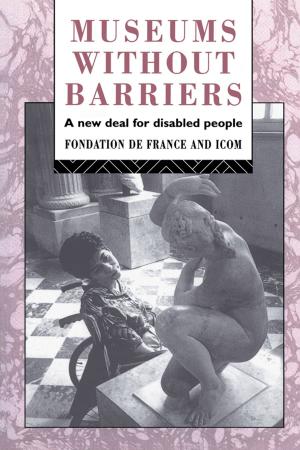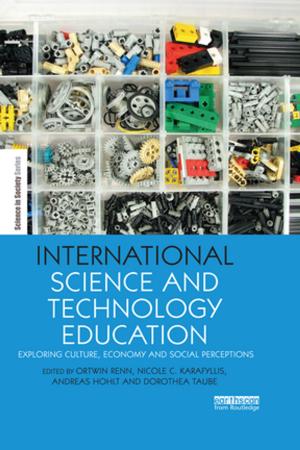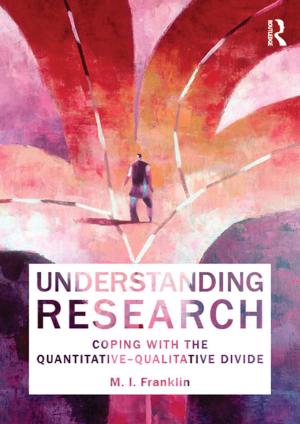The Multisensory Handbook
A guide for children and adults with sensory learning disabilities
Nonfiction, Health & Well Being, Medical, Allied Health Services, Occupational Therapy, Reference & Language, Education & Teaching, Special Education| Author: | Paul Pagliano | ISBN: | 9781136303173 |
| Publisher: | Taylor and Francis | Publication: | June 14, 2012 |
| Imprint: | Routledge | Language: | English |
| Author: | Paul Pagliano |
| ISBN: | 9781136303173 |
| Publisher: | Taylor and Francis |
| Publication: | June 14, 2012 |
| Imprint: | Routledge |
| Language: | English |
Do you support a child or adult with sensory perceptual issues or cognitive impairment?
For people with challenging sensory and cognitive conditions, everyday life can become so unpredictable and chaotic that over time, lack of engagement can often lead to a state of learned helplessness. In this insightful text, Paul Pagliano shows how ‘learned helplessness’ can be transformed into learned optimism through multisensory stimulation, and explains how a programme of support can be designed and modulated to match the person’s needs, interests and abilities. Full of practical, easy to use multisensory assessment tools and intervention strategies, this book will help:
- foster a feeling of ease with the environment
- the child or adult experience pleasure and happiness
- kick-start their desire to explore
- encourage improved learning, social well-being and quality of life.
The author offers an abundance of exciting multisensory stimulation ideas that can be applied to communication, play, leisure and recreation, therapy and education. Practical resources also show how to monitor and review applications to ensure they are being used in the most effective and enjoyable ways possible.
Informed by an astute, up-to-date, comprehensive overview of research and theory, The Multisensory Handbook will appeal to primary professionals from a wide range of disciplines including education, health and social care.
Do you support a child or adult with sensory perceptual issues or cognitive impairment?
For people with challenging sensory and cognitive conditions, everyday life can become so unpredictable and chaotic that over time, lack of engagement can often lead to a state of learned helplessness. In this insightful text, Paul Pagliano shows how ‘learned helplessness’ can be transformed into learned optimism through multisensory stimulation, and explains how a programme of support can be designed and modulated to match the person’s needs, interests and abilities. Full of practical, easy to use multisensory assessment tools and intervention strategies, this book will help:
- foster a feeling of ease with the environment
- the child or adult experience pleasure and happiness
- kick-start their desire to explore
- encourage improved learning, social well-being and quality of life.
The author offers an abundance of exciting multisensory stimulation ideas that can be applied to communication, play, leisure and recreation, therapy and education. Practical resources also show how to monitor and review applications to ensure they are being used in the most effective and enjoyable ways possible.
Informed by an astute, up-to-date, comprehensive overview of research and theory, The Multisensory Handbook will appeal to primary professionals from a wide range of disciplines including education, health and social care.















